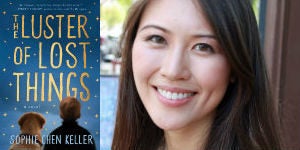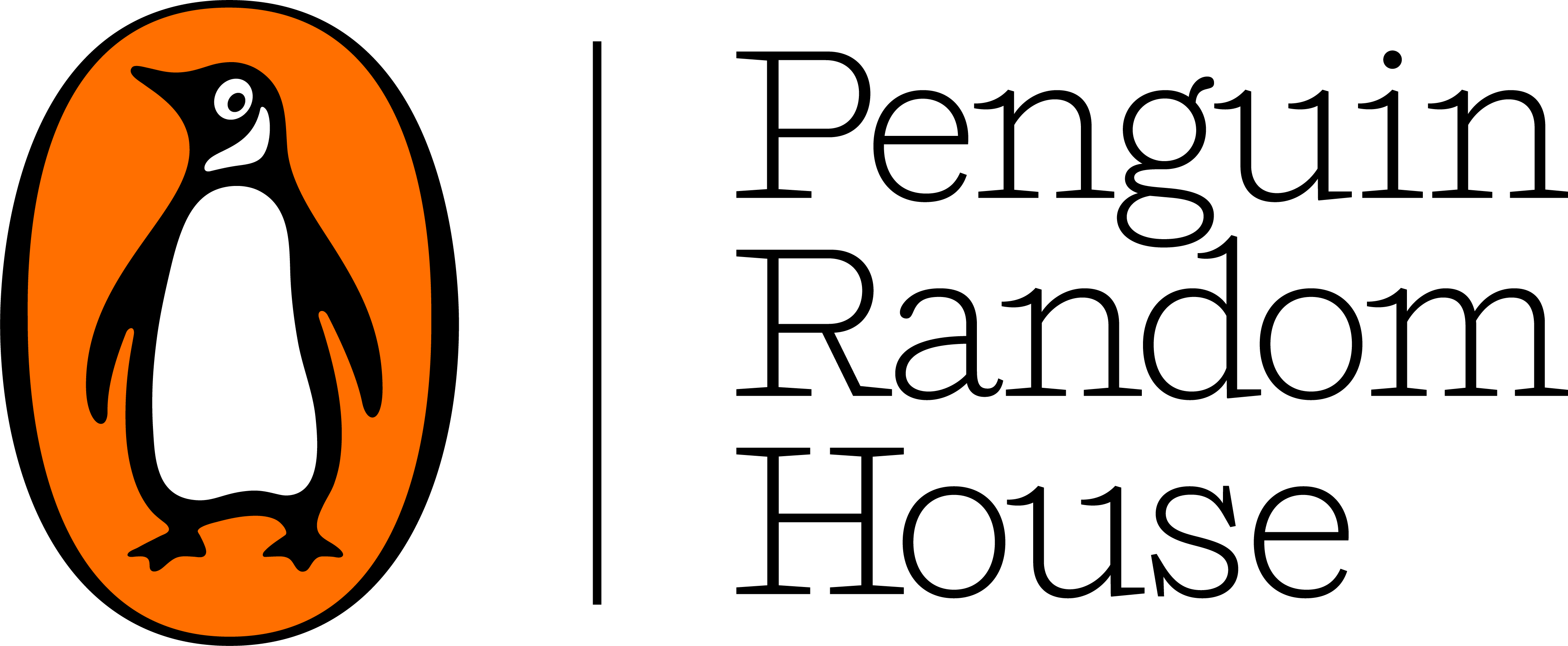What Debut Novelist Sophie Chen Keller Found
 At the heart of THE LUSTER OF LOST THINGS , the first novel by Putnam author Sophie Chen Keller, is Walter Lavender, Jr., silenced by a motor speech disorder but a master of finding, a son keeping vigil, twelve years and counting, for his lost father. When the book at the root of magic served up at the family bakery, The Lavenders, vanishes, Walter, accompanied by his overweight golden retriever, journeys through New York City to find it—along the way encountering an unforgettable cast of lost souls.
At the heart of THE LUSTER OF LOST THINGS , the first novel by Putnam author Sophie Chen Keller, is Walter Lavender, Jr., silenced by a motor speech disorder but a master of finding, a son keeping vigil, twelve years and counting, for his lost father. When the book at the root of magic served up at the family bakery, The Lavenders, vanishes, Walter, accompanied by his overweight golden retriever, journeys through New York City to find it—along the way encountering an unforgettable cast of lost souls. 
Sophie Chen Keller was born in Beijing, China, and raised in Ohio and California. Her fiction has won several awards and has appeared in publications such as Glimmer Train and Pedestal. After graduating from Harvard, she moved to New York City.
To find out how Sophie created her wondrous book, in the process finding the voice of her characters and the magical world of THE LUSTER OF LOST THINGS, read this “Meet Our Author” interview.
What inspired you to write THE LUSTER OF LOST THINGS?
In 2014, while camping on a volcano in Maui, I came across a “Lost” flyer for a camera that contained meaningful family photos. I began wondering whether that camera, with its silicon memory of lost moments, had been returned to its owner. I wondered who responded to flyers like that one. What if there were people out there who made it their mission to look for what others had lost? Why were they doing it? Was there something else people were looking for when they looked for a missing camera? That was when I had my first inkling of who Walter might be.
Aside from that, I knew I wanted my first book to be a celebration of childhood. My memories from then are some of my most vivid: humid summers that went on for ages, imaginary adventures in sandbox castles, PB&Js cut into triangles, bedtime stories that took me to magical places. Those days are lost now, but sometimes, when we start to feel suffocated by darkness, we could use a return to that time when the world was still bright and miraculous, and we could so clearly see the goodness that lived around us and in us.
Walter reminds us to see beyond the surface – the “skin of the world,” as he calls it. The tale he tells is simple and uplifting, and at the same time layered with observations on what it means to live and be human. As you’re experiencing his journey, I hope you’re also savoring the search for the layers underneath, both inside and outside the pages; I hope that what you find will fill you with wonder.
What was it like to write in Walter’s voice? Is his speech disorder based on a real disorder?
Walter’s voice came pretty naturally. You could say that he found me, while I had to find his disorder in the course of my research; I spoke with parents, speech pathologists, professors, and doctors, who kindly shared with me their knowledge, experiences, hopes, and concerns. Walter’s condition is based on a type of motor speech disorder called childhood apraxia of speech, although the particulars of his case would be unusual. Childhood apraxia of speech is often misdiagnosed as autism, cerebral palsy, ADD or ADHD, an intellectual disability, or a developmental language disorder, among others. It’s actually a separate diagnosis—a neurological disorder where the brain has trouble coordinating the muscle movements required to produce the intended speech. The mind is a vast, complex and largely mysterious landscape, and in the case of apraxia, some wires have gotten crossed or short-circuited and signals sent by the brain aren’t getting through properly to, say, the lips or the tongue or the face.
The novel celebrates the many different kinds of people who live in New York City. Why did you decide to set the story in Manhattan?
I moved to New York City at a formative time in life, right after college, and I tend to write about places I understand and connect with on an instinctual level. I haven’t been to any other place where it’s quite so obvious how different people can be, and how similar, too. You’re reminded every day, in the curious combinations of smells and the unfiltered emotions spilling out onto the sidewalk. And you just might discover The Lavenders around the next corner. In my mind, the West Village especially takes on a shade of happy wonder, because that’s where my now husband lived—on a certain street named Carmine—when we first met.
The Lavenders is an unforgettable place. Why did you decide to set the novel in a bakery?
Mostly because I like eating and watching shows about food; I figured I would also like writing about food. The novel is about connecting and belonging, and food is something we associate with coming together, or with being transported home, wherever and whenever that might be.
I like discovering new places and trying different desserts, so The Lavenders is an amalgamation of various shops: the whimsical tiles from a chocolate shop in California, the classic brass finishes from a patisserie in France, the sugary sense of brightness from a bakery in downtown Manhattan, the dash of hominess from a Bäckerei in Germany, and any kind of edible treat you could imagine from everywhere—and there you are.
What do you do when you’re not writing?
I read. I travel. I dwell on things. Sometimes, when there’s a piano nearby, I play it.
What’s next for you?
I’m working on a second novel, and that’s about all I’ll say. Since I usually figure out things as I go, I have trouble talking about what I’m writing until it’s been written.
